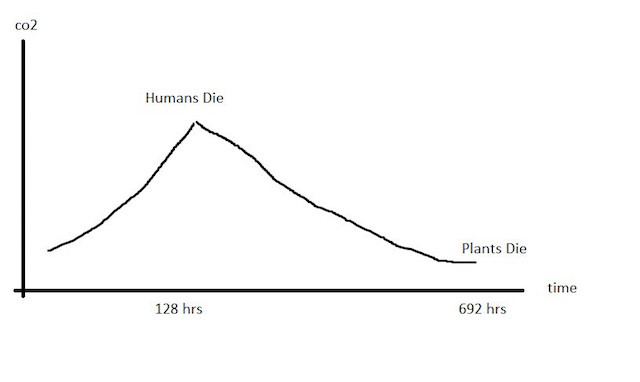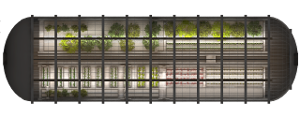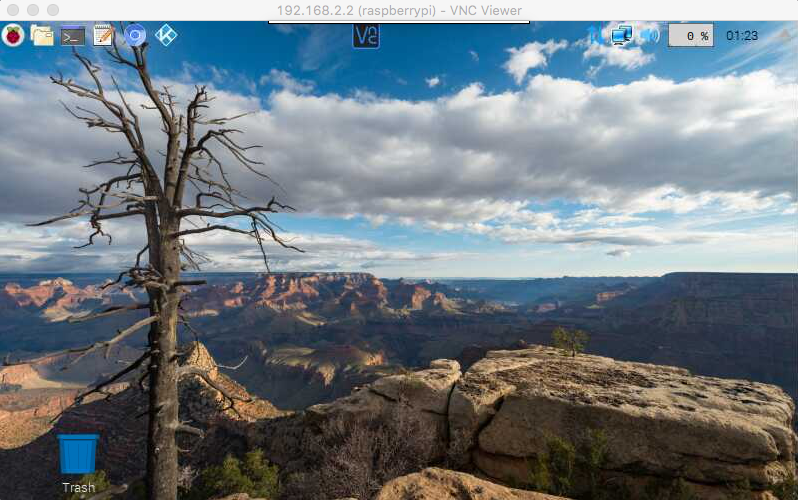March for our lives

Future generations will look back on this time and place and see us as selfish and corrupt, as barbarians who were year after year, election after election willing to put congressional desires for power and control before the lives of those they claim to represent.
As one of the high school survivors shared, “We are survivors of a cruel and silent nation, a nation where we do not live out the true meanings of our creed. When will we as a nation understand that non-violence is a way of life for a courageous people … we are here to fight for love and peace. As Dr. Martin Luther King said, ‘Darkness cannot drive out darkness. Only light can do that. Violence cannot drive out violence. Only peace can do that. Death cannot drive out death. Only proactive life can do that.”
To not directly address the issue of this nation’s addiction to violence is to perpetuate a state of insanity that future generations will look upon as we do now electric shock therapy, castration of those with learning disabilities, and witch trials. Looking back we will see clearly how inconceivable it is to reduce the use of weapons through the application of more weapons. We are on the verge of curing cancer, building synthetic thinking machines, and walking on the surface of Mars. At the same time our congressmen and women would rather watch hundreds of school-age children be gunned down than admit they were wrong to accept overt monetization of our democratic process for the increase of their personal wealth and power.
We will some day look at those who ignorantly repeated the phrase “Guns don’t kill, people do” and say simply, shame on you.







 Just two weeks ago our work on
Just two weeks ago our work on  With the start of the new year we welcomed Bryan Versteeg, world renowned
With the start of the new year we welcomed Bryan Versteeg, world renowned 